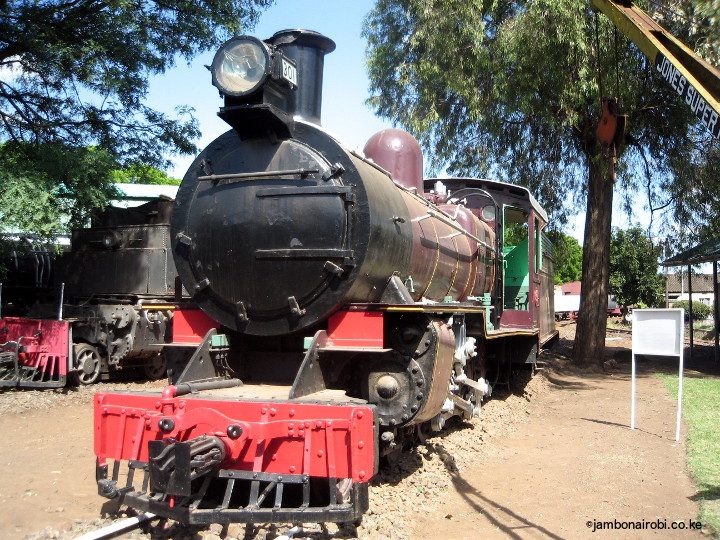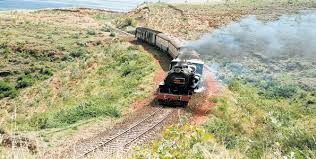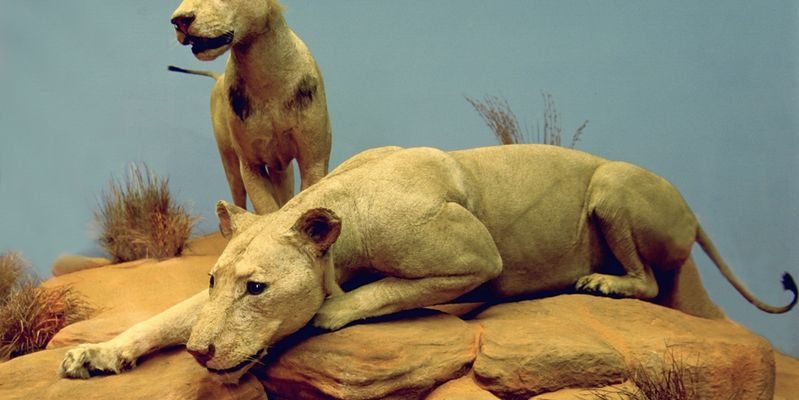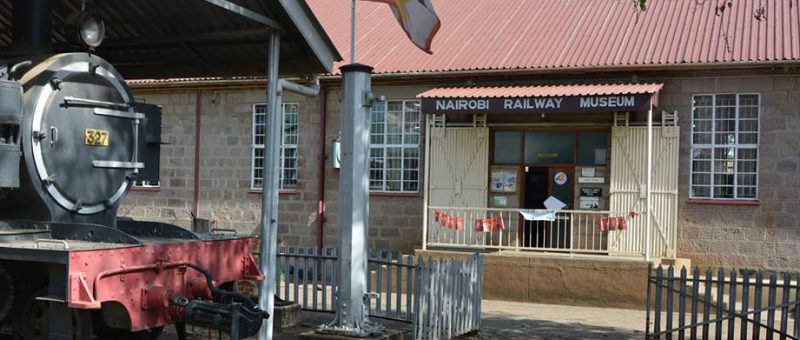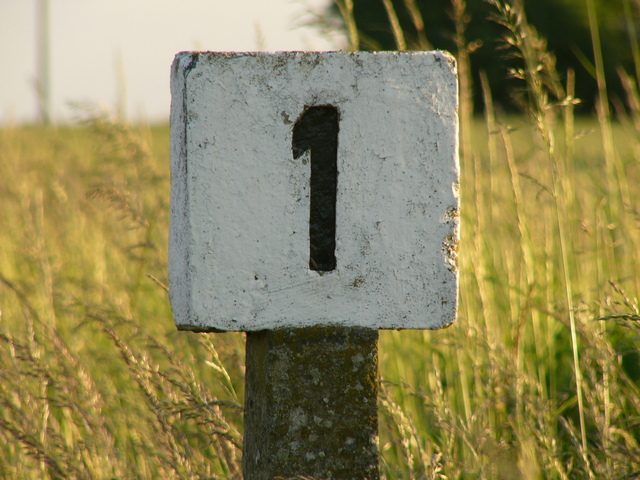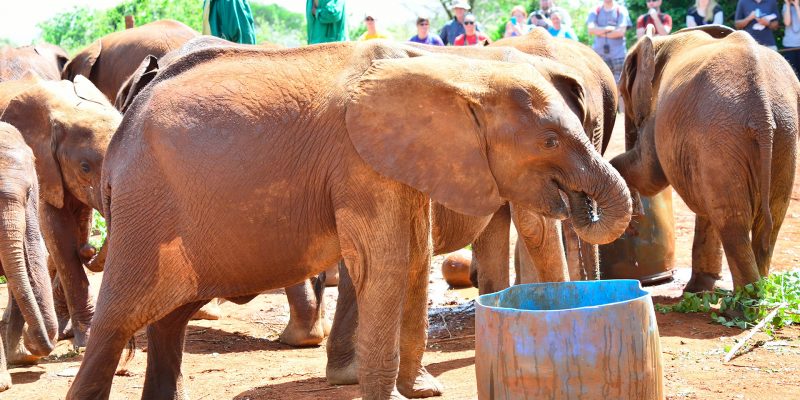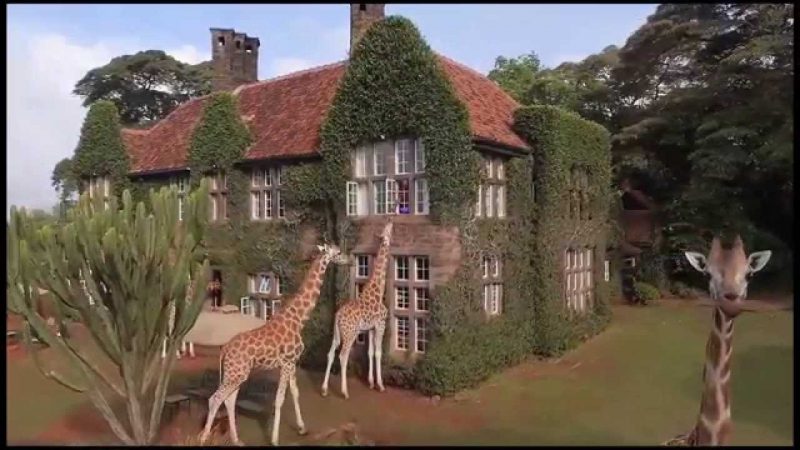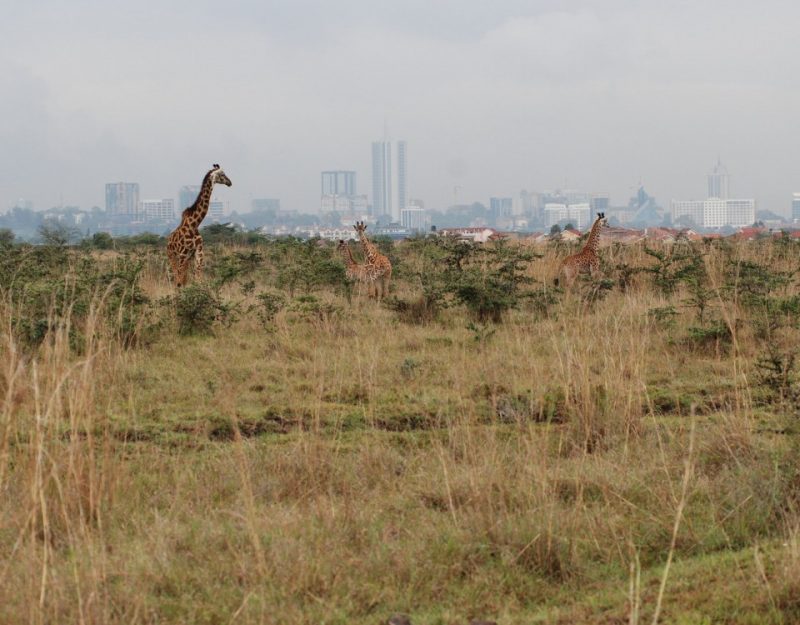Nostalgic History Of Nairobi Railway Museum
Nairobi railway museum is a fascinating introduction to an important piece of the colonial history of Kenya narrating the tale of the railway construction through the whole stretch of the period from the annexation of the country as a British protectorate, to the freedom struggle and independence. The undertaking led to the creation of Nairobi. The museum is on Station road at Nairobi station’s northwest end. It is near the Technical University of Kenya, that crosses the main line at Uhuru highway.
Railway Museum establishment
East African Railways and Harbours Corporation established the Railway museum. It was opened in 1971 to preserve the relics of the railways of East Africa and to serve as a learning center on the rail travel history of East Africa. Much of the credit goes to Mr. Fred Jordon who had been with the railways as from 1927 who realized the changes that were taking place in the country and saw the need to preserve the links with the past that represented the historical growth of Kenya. He began to gather items that narrated the tale of the country’s evolution that formed the nucleus of the museum’s fascinating collection.
Lunatic Express railway
The first operational railway, Lunatic Express, was in the port of Mombasa in East Africa which was an unassuming two-foot gauge trolley line operated by hand propelled wagons. Track recovered from the Central African Railway supplemented the original route which had reached 11 km from Mombasa Island. The railroad, officially called the Uganda Railway, was constructed between 1895 and 1901 from Mombasa to Lake Victoria and later onward to Uganda. The £5.5 million project was 931km.
Attacks by lions
After leaving Mombasa, the rail had to cross the Taru Plain. It was a painfully slow job because water had to be taken by train to the construction camps from Mombasa. Moreover, two man-eating lions held up the construction. They attacked the camp and killed several workers, before Lt. Colonel Patterson hunted and shot them down. He describes his experiences with these lions in his book called Man-Eaters of Tsavo which was dramatized in the movie The Ghost and the Darkness in 1996. The stuffed carcasses of these lions are now on display in Chicago at the Field Museum. Moreover, as a grim reminder, a small plastic box in the Nairobi Railway Museum contains three claws clipped from one of a pair of lions that terrorized the workers. The railway line eventually reached Tsavo river in 1898.
Administrative offices moved
By 1899, the line arrived at the Kenya Highlands where the colonial government established a major depot. They also moved the administrative offices here from Mombasa and Machakos and built homes for the staff. Subsequently, it attracted an influx of merchants from Asia to supply goods to the railway workforce.
Great Rift Valley
Between Nairobi and Lake Victoria was Rift Valley with his steep drop to the floor of the valley. To speed up construction, they had to erect an inclined railway down the sides of the Valley. One can see some of the work for these inclines even today. In 1901, the railhead finally reached Port Florence in Lake Victoria. They later renamed it Kisumu. The line eventually reached Moshi in 1912.
Asian community base
As for the Uganda Railway, it was constructed to meter gauge as it was already in use in India. So there was already a ready source of rolling stock and locomotives. Most of the labor, unskilled and skilled, was imported from India and many of them remained after their contracts ended. It became the basis of the Asian community in Uganda and Kenya.
Railway line completed
The last line to be was the Chinese-funded Tazara line to Tunduma on the border of Zambia. It was intended to give Zambia an outlet for its exports after its independence. With that, the railway line came to a full completion in 1976.
Collection of exhibits
The Museum consists of the Resource Center, the Main Gallery, and the auditorium. The outdoor yard has a collection of rolling stock, steam engine locomotives, wagons, coaches and ship models in various stages of disrepair. One of these, the Mountain class, the most powerful meter-gauge locomotive at that time, weighs 254 ton. In one trip, it could move 1,200-ton trains. The steam train – No. 301 that operated between 1923 and 1971 – is at the back of the compound. One can see this train in the epic movie named Out of Africa, which starred Robert Redford and Meryl Streep and won seven Academy Awards.
Relics on display
The main collection is the numerous records and artifacts of the railway dating from their inception till independence. On display are also are the relics such as tableware and oddities from the East African Railway. One such item is a sample of water crane that they used at various stations and water stops along the railway line. Another one is the engine seat that allowed dignitaries like Theodore Roosevelt to take shots at unsuspecting wildlife from the train.
Exhibits of occurrences
The old Railway Museum building houses smaller exhibits of occurrences such as an old-fashioned telephone receiver, a tortoise calculator, officer’s bicycle and a manual typewriter. Sepia-colored framed photographs of milestones such as the pictures of turbaned Indian laborers laying the rail line and demonstrating their entrepreneurial genius along the way adorn the walls of the museum.
Preserved history
After the privatization of Kenya Railways, the National Museum of Kenya took custody of the Museum and its exhibits. The Nairobi Railway Museum is a place that seems almost haunted where time has stood still for decades. It serves as a grim reminder of the bloody history of Kenya Railways. Every year it receives around 7,000 visitors, mostly foreigners.
5 Frequently Asked Questions About Nairobi Railway Museum
To receive a colourful digibook about Museum with videos, images and text, please fill out the following form or simply email us on safaris@safari-center.com

